Fraser Fir Tree Care: How To Grow A Fraser Fir Tree
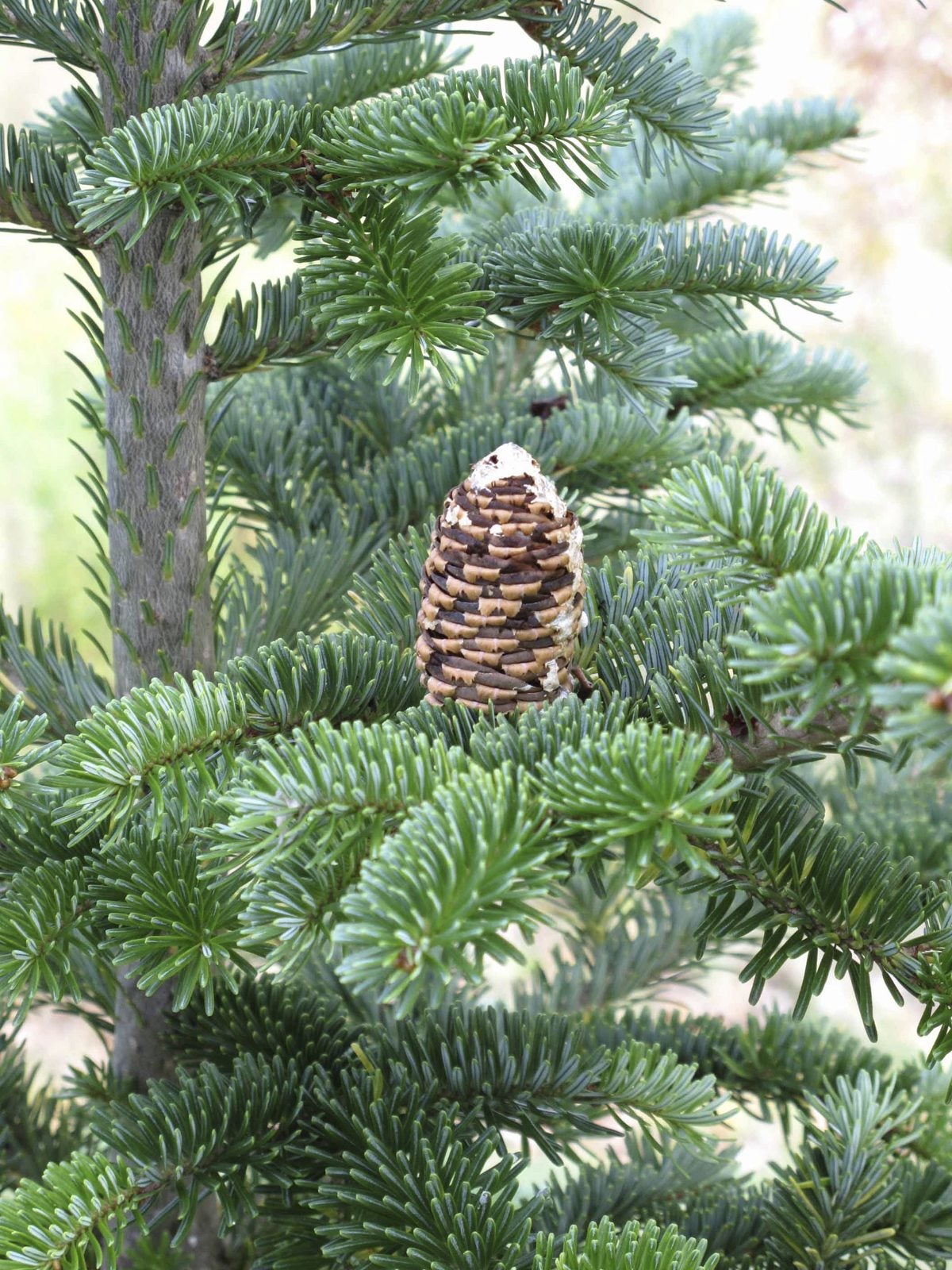

The fragrance of a Fraser fir immediately brings to mind the winter holidays. Have you ever thought of growing one as a landscape tree? Read on for tips on Fraser fir tree care.
Fraser Fir Information
Fraser firs (Abies fraseri) are native to the higher elevations of the southern Appalachian Mountains. They are grown commercially for sale as Christmas trees, and they are unrivaled for holiday use because of their fresh fragrance and symmetrical shape. They also have the advantage of retaining the soft texture of their needles after they are cut so that they don’t prick your fingers as you hang ornaments. The tree lasts a long time before the needles begin to desiccate and drop off. You don’t have to live in the Appalachians to grow Fraser fir trees. Gardeners in U.S. Department of Agriculture plant hardiness zones 4 through 7 can grow them regardless of their elevation. It’s easy to care for Fraser firs.
How to Grow a Fraser Fir
Choose a location with plenty of bright sunlight most of the day and soil that is rich and moist. Make sure the soil drains well before planting your tree. Clay soil is particularly unsuitable. A Fraser fir tree’s native climate is cool and foggy in summer. Don’t expect it to thrive in the southernmost parts of zone 7 if you have high heat and humidity in summer. The tree prefers summer temperatures around 65 to 70 degrees F. (18-21 C.). Fraser fir trees prefer locations with an annual rainfall of at least 75 inches (190.5 cm.). If you have less rainfall, plan to irrigate the tree. Never let the soil around the tree dry out. Weeds compete with the tree for moisture and nutrients, so keep the tree’s root zone weed free. A thick layer of mulch will help keep the soil moist and shade out the weeds. If your soil is rich and loose, you won’t need to fertilize the tree. Otherwise, top-dress with 2 inches (5 cm.) of mulch in spring or early summer. You may need to trim the tree to maintain a pyramid shape, but you can often shape wayward branches by bending them inward. Cut as little as possible so that you don’t ruin the natural shape. The only thing left to do is decide how to decorate your tree for the holidays.
Gardening tips, videos, info and more delivered right to your inbox!
Sign up for the Gardening Know How newsletter today and receive a free copy of our e-book "How to Grow Delicious Tomatoes".

Jackie Carroll has written over 500 articles for Gardening Know How on a wide range of topics.
-
 Looking For Plants To Give You The Soft And Fuzzies? Try These 5 Fuzzy Leaf Plant Options
Looking For Plants To Give You The Soft And Fuzzies? Try These 5 Fuzzy Leaf Plant OptionsLovers of texture, drama, silver foliage and tactile plants will adore these special sensory garden additions. These fuzzy leaf plant options will leave you all aglow
By Susan Albert
-
 Get Ready For A Summer Of Hummers! Grow These Full Sun Hummingbird Plants and Flowers
Get Ready For A Summer Of Hummers! Grow These Full Sun Hummingbird Plants and FlowersIf you’re lucky enough to enjoy a sunny backyard, make sure you are maxing out on your pollinator opportunities and grow these full sun hummingbird plants and flowers
By Tonya Barnett
-
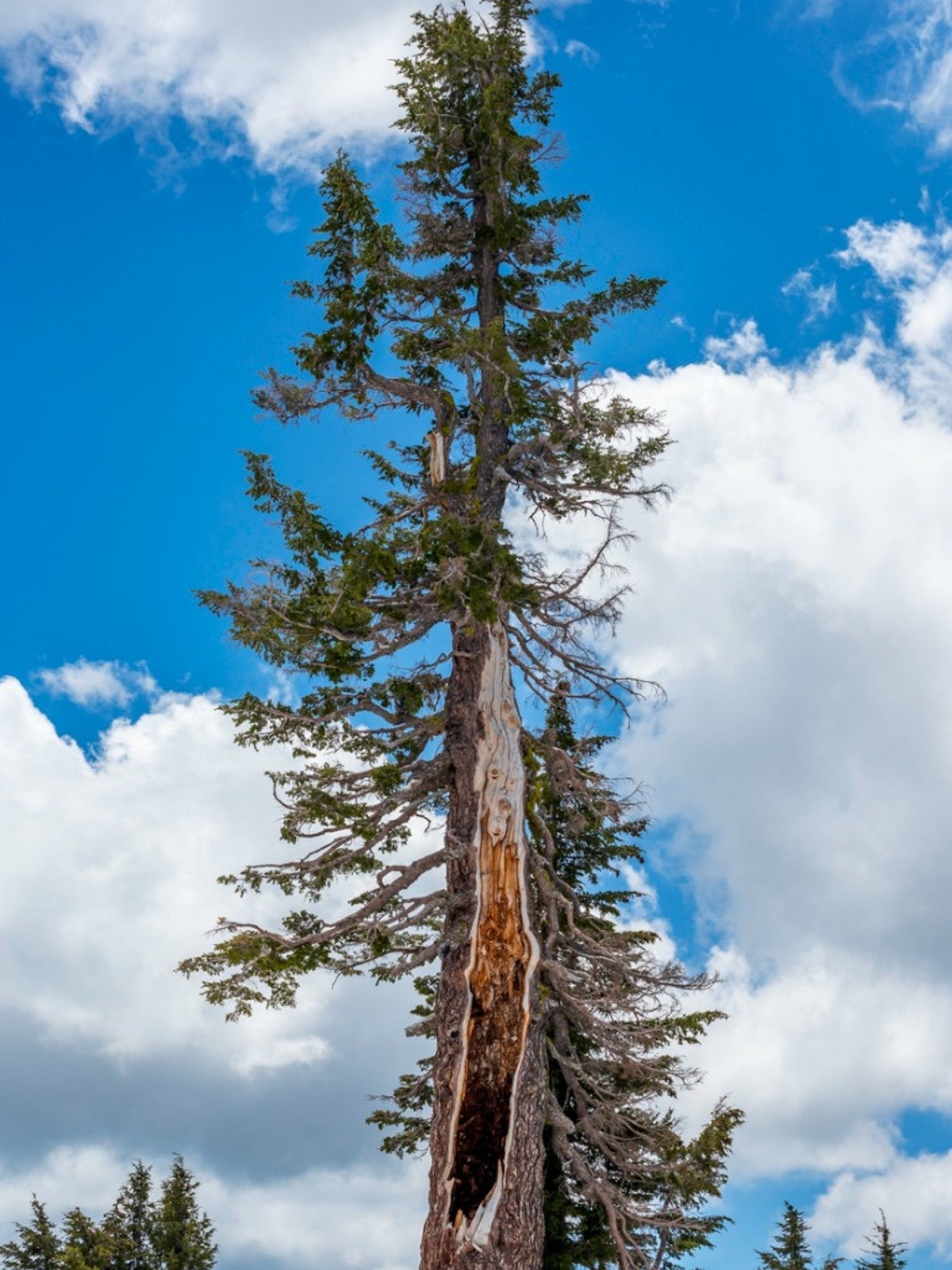 What Is A California Red Fir - Abies Magnifica Info
What Is A California Red Fir - Abies Magnifica InfoIf you have a large property, you might consider growing one a California red fir. Read on for tips on California red fir care.
By Teo Spengler
-
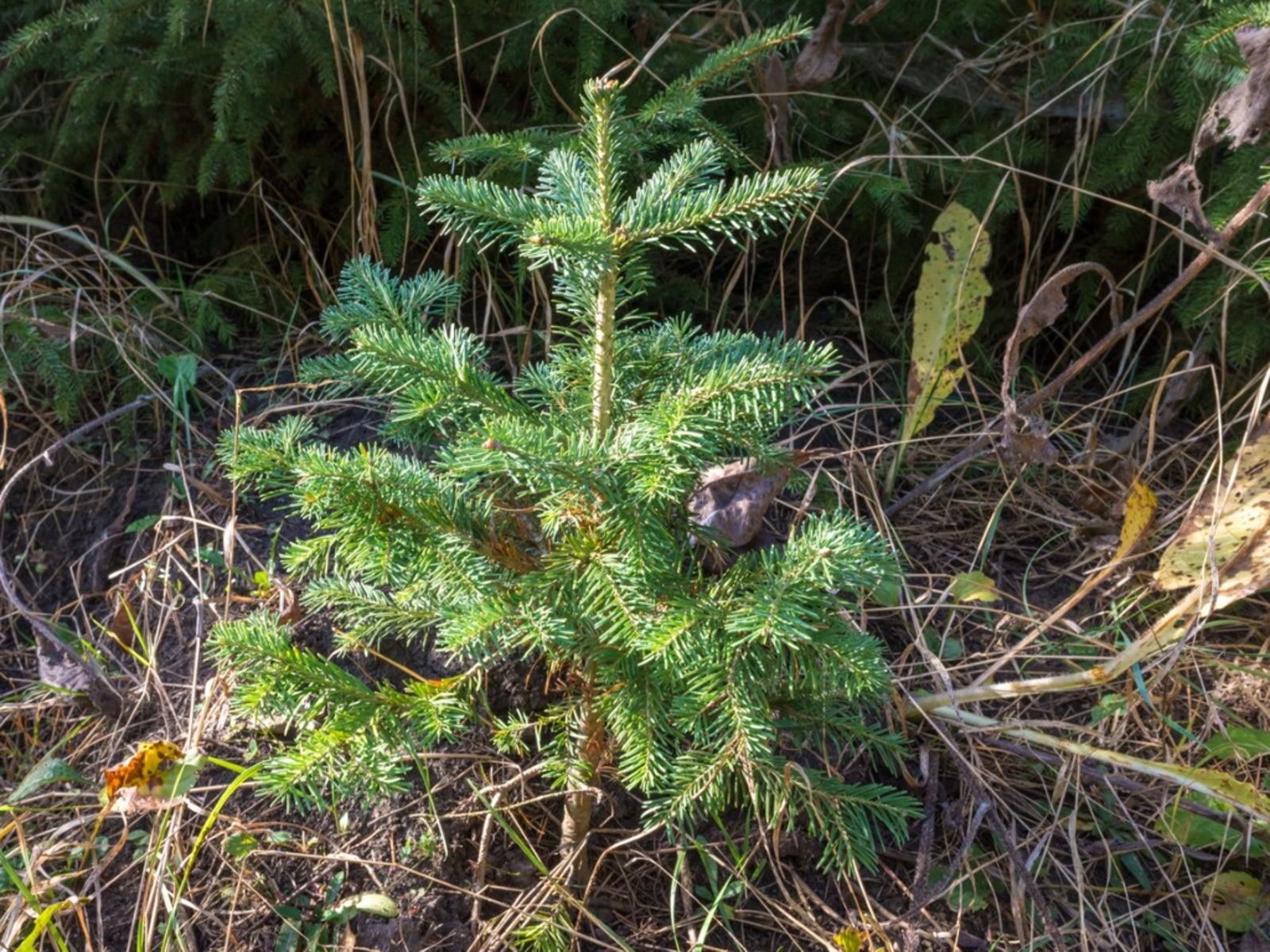 Subalpine Fir Tree Information – Learn About Subalpine Fir Growing Conditions
Subalpine Fir Tree Information – Learn About Subalpine Fir Growing ConditionsSubalpine fir trees are a type of evergreen with many common names. What are the uses for subalpine fir? Click to learn more.
By Teo Spengler
-
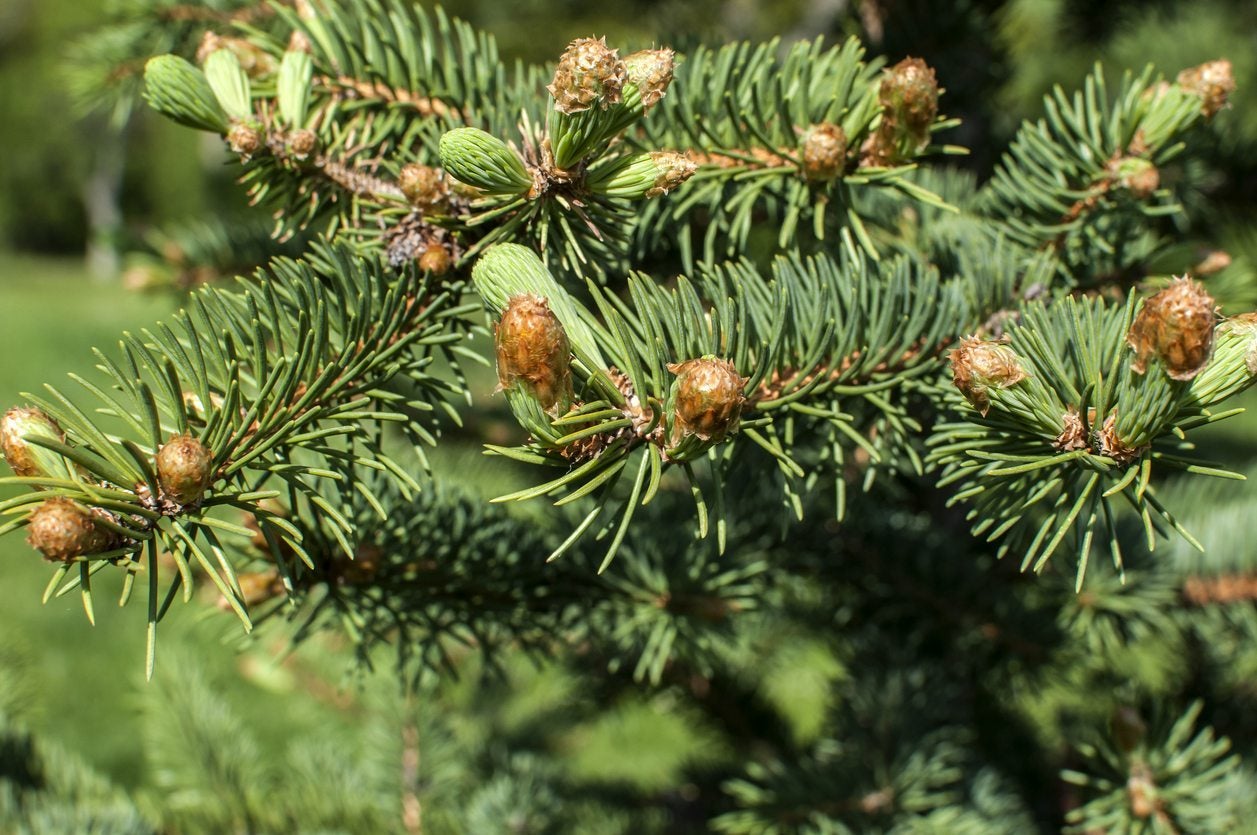 White Fir Facts: What Is A Concolor Fir Tree
White Fir Facts: What Is A Concolor Fir TreeConcolor white fir is a stately evergreen tree with a symmetrical shape, long, soft needles and an attractive, silvery blue-green color. Concolor white fir is often planted as a striking focal point and is especially appreciated for its winter color. Learn more about it in this article.
By Mary H. Dyer
-
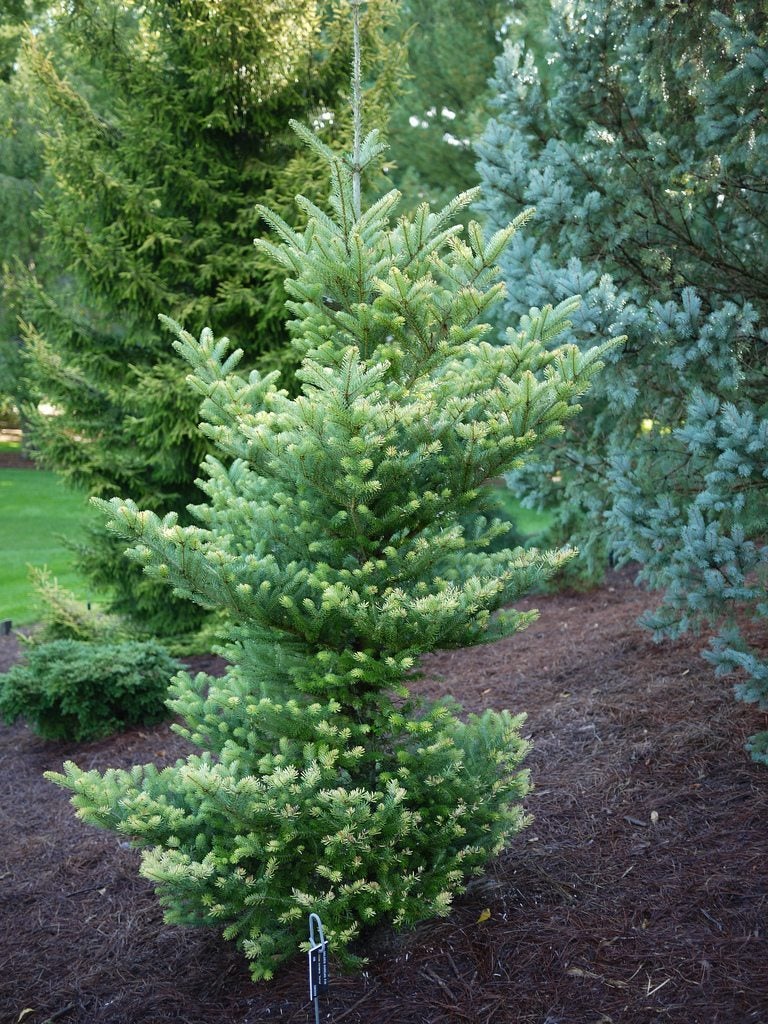 Golden Korean Fir Care – Learn About Golden Korean Fir Trees In Gardens
Golden Korean Fir Care – Learn About Golden Korean Fir Trees In GardensGolden Korean fir trees are compact evergreens known for their remarkable and attractive chartreuse foliage. The cultivar?s irregular spreading form is eye-catching, making the tree an excellent focal point in a garden. For Golden Korean fir information, click here.
By Teo Spengler
-
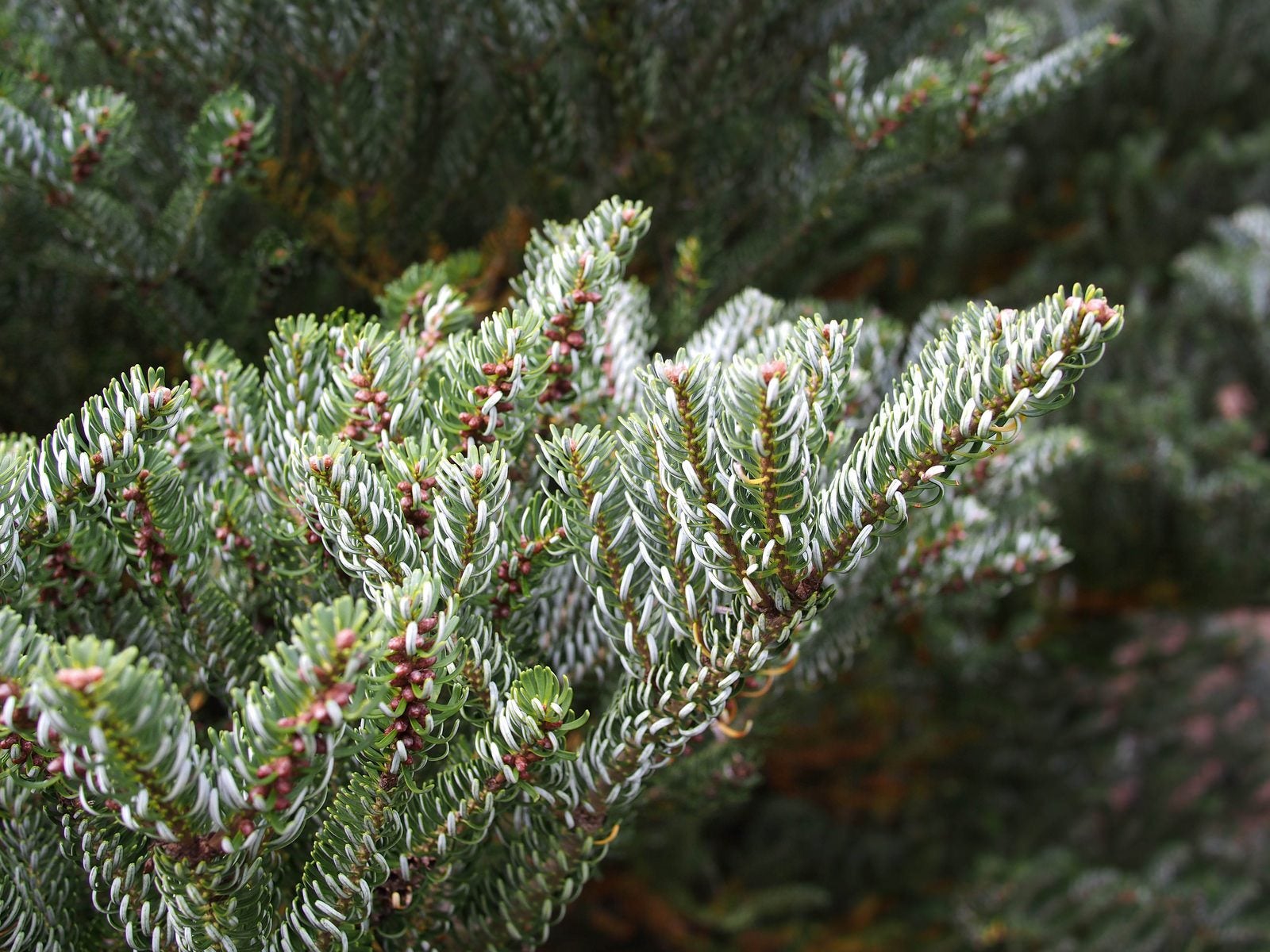 Korean Fir Tree Information – Tips On Growing Silver Korean Fir Trees
Korean Fir Tree Information – Tips On Growing Silver Korean Fir TreesSilver Korean fir trees are compact evergreens with very ornamental fruit. They grow to 20 feet tall (6 m.) and thrive in USDA plant hardiness zones 5 through 7. For more silver Korean fir tree information, including tips on how to grow a silver Korean fir, click here.
By Teo Spengler
-
 Douglas Fir Tree Care: Tips On Planting A Douglas Fir Tree
Douglas Fir Tree Care: Tips On Planting A Douglas Fir TreeDouglas fir trees also known as red firs, Oregon pines and Douglas spruce. However, these evergreens are not pines nor spruce nor true firs either. But they are tall, beautiful conifers. For information about growing Douglas firs, click this article.
By Teo Spengler
-
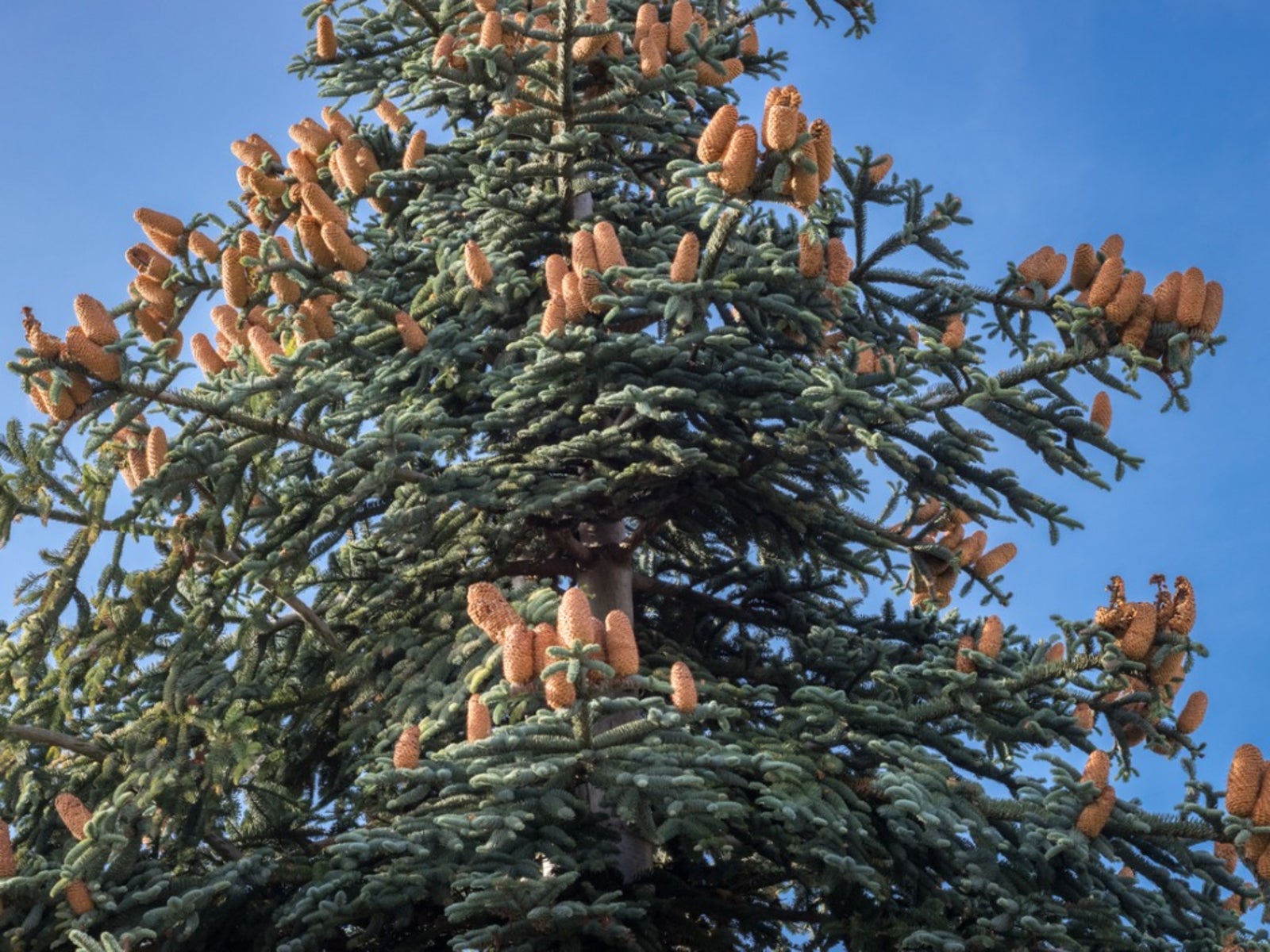 Noble Fir Information: Caring For Noble Firs In Landscapes
Noble Fir Information: Caring For Noble Firs In LandscapesNoble firs are extremely attractive evergreen trees and the largest native firs in America. Planting a noble fir isn't difficult in the correct hardiness zones. Click on the following article for more noble fir information and tips on caring for noble firs.
By Teo Spengler
-
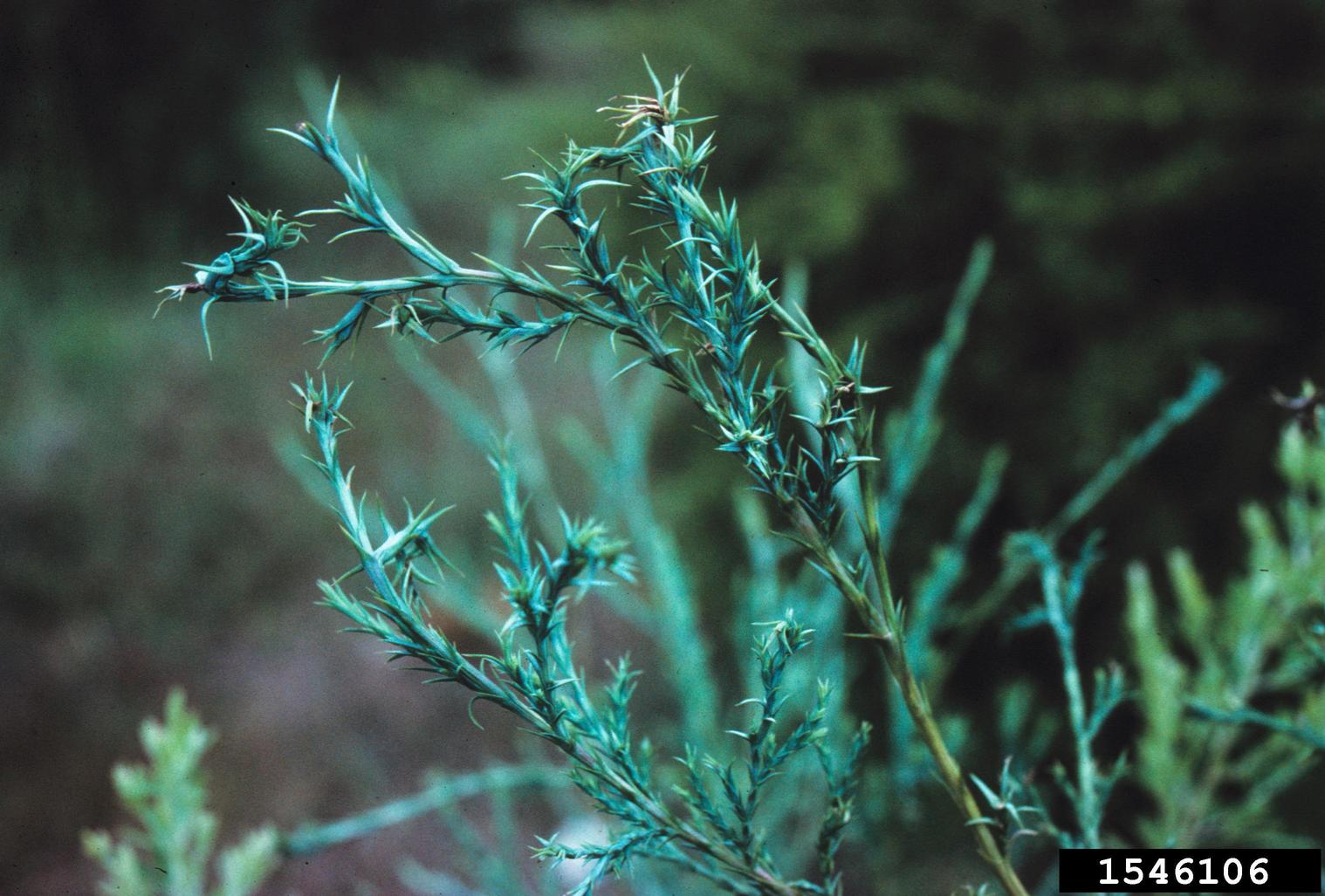 What Are Rosette Bud Mites – Learn About Bud Mite Symptoms And Control
What Are Rosette Bud Mites – Learn About Bud Mite Symptoms And ControlFraser firs may succumb to rosette bud mites. What are rosette bud mites and what methods of rosette bud mite control are there for the grower? The following article contains answers to these questions and other information on rosette bud mites.
By Amy Grant